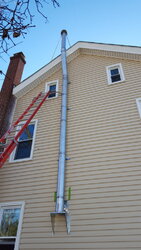Well here we go, new house. Decided to finally install a wood burner. Stove is the Englander 17vl, single wall conector pipe to selkirk dubble wall ultimate one class a through the wall and up roughly 28'. I have been burning it about 3 weeks now, and decided to check my class a, and my single wall. Here are my findings. Keep in mind i am new to burning and i have had some smokey fires, i also found out that 70% of the supposed "seasoned" wood that i bought is over 20% moisture  . . Does this look normal?
. . Does this look normal?
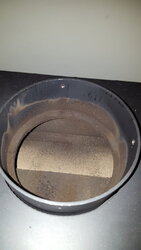
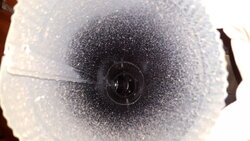
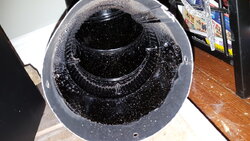
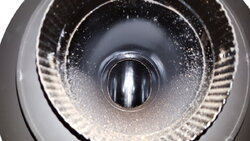
should i be concerned about the shiny creosote? Is it just from burning some wet wood fires? Or is it my conector pipe being single wall, not keeping my flue gas hot enough? Any help/ imput would be awsome. Thank you for taking the time to read my post.
 . . Does this look normal?
. . Does this look normal?



should i be concerned about the shiny creosote? Is it just from burning some wet wood fires? Or is it my conector pipe being single wall, not keeping my flue gas hot enough? Any help/ imput would be awsome. Thank you for taking the time to read my post.



